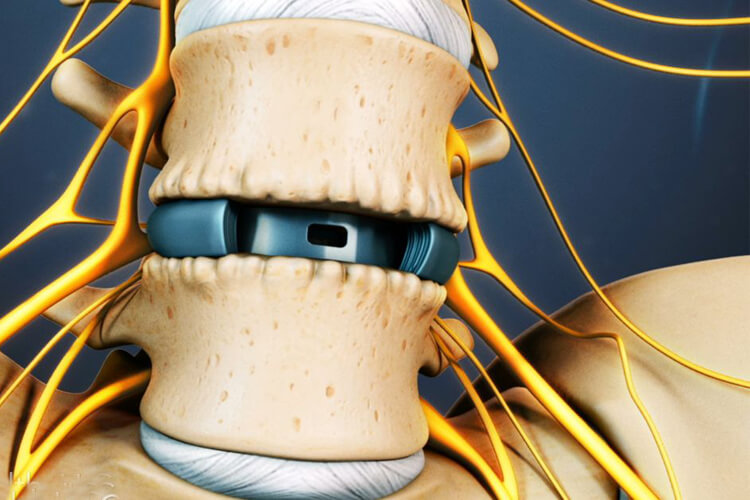Are you one of the approximately eighty percent of American adults with lower back pain? For most people, the symptoms usually subside and do not require surgical treatment. For others the symptoms do not improve, and require surgery.

Approximately eighty percent of American adults will experience low back pain at some point in their lives. For most people, the symptoms usually subside and do not require surgical treatment. For others the symptoms do not improve,and require surgery.
Spinal fusion surgery is performed to stop motion at a vertebral segment that causes pain. The fusion should alleviate pain that is brought on from the joint. There are many ways to approach a lumbar spine fusion. All approaches involve adding a bone graft to the spine which helps the body grow new bone and fuse the vertebrae together which stops motion at that segment. For patients with excessive spondylolisthesis (forward displacement of a vertebra) and degenerative disk disease, abnormal motion at a vertebral segment causes inability to perform daily activities and severe pain. In these cases, a fusion could be considered.
Before undergoing this type of procedure, your physician may order a test known as a discogram. This test entails placing a needle into the disk and injecting a very small amount of dye. If the injection brings on the patient’s pain, it is presumed that the disk is injured and is therefore causing the pain. Another study that your physician may consider is an EMG, or electromyography. This is an exam that involves placing tiny needles in the legs to tell whether or not the nerves are functioning as they should. A selective nerve root block (SNRB) injection can be of great assistance in identifying damaged nerves and is also used for treatment.